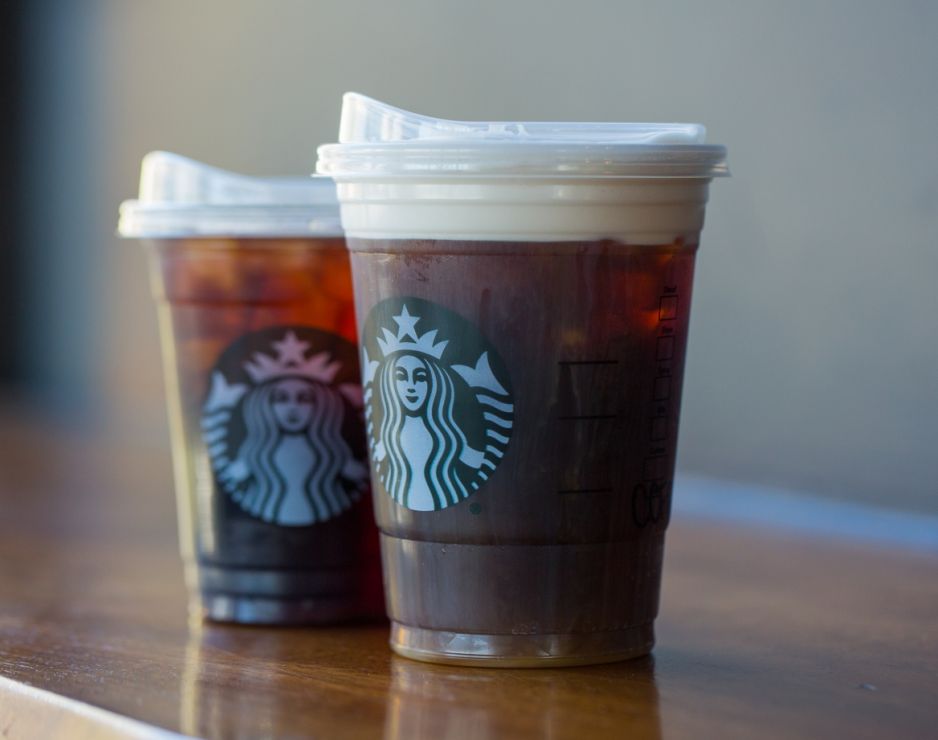The effort to eliminate plastic straws has recently become a darling among ocean plastic advocates, even permeating pop culture and the broader public consciousness. Everywhere in social media, images of plastic straws in the environment or corrupting wildlife are dominating Facebook and Instagram feeds, reaching far beyond the silos of the traditional stakeholder groups concerned with plastic pollution. We’re seeing celebrities involved in sophisticated anti-straw campaigns, even advocating for outright bans. Some of the approaches are exceptionally clever culture-hacking initiatives that utilize ‘influencers’ in an effort to make straws the new smoking.
This incredible attention to a single product isn’t necessarily a bad thing, but it isn’t quite a good thing either if it doesn’t lead to broader, systemic change in how the world makes, uses, and disposes of the most ubiquitous material in commerce today—plastic.
The colleagues I’ve spoken with about their efforts to ban straws uniformly say that these efforts focused on straws are meant to be symbolic of the broader problem of plastic pollution, but I’m not sure the public is really getting the message. Victories on the elimination of straws can give a transitory feel good moment amidst what is arguably a very dark time for people concerned with environmental issues—including plastic pollution.
Lots of good work is being done, but banning straws is a tactic, not a strategy for transforming a culture addicted to plastic. Banning straws can be an effective mobilization tool or onramp opportunity to bring the public along to understand the deeper, entrenched problem of plastic, from extraction to disposal—a problem that has now become a crisis of planetary proportions. In this context, straw bans are step 1, but absent steps 2, 3, and so on, they can distract from the broader end run by Big Plastic happening in the background, outside of the public view. As advocates we have to be careful to not be so concentrated on winning the battle that we lose the war.
Representatives of The American Chemistry Council, the powerful trade group that represents plastics producers, has stated in public conference hallways where I’ve been in attendance that they don’t care if straws are eliminated. That means, unequivocally, that straw bans are not a threat to the bottom lines of the companies represented by groups like the ACC. That sentiment should give serious pause to all of us who are working to make change in this area. We are all working hard, but are we really connecting the dots and creating pathways for citizens to move from trendy culture-hacking tactics to broader systemic change? The answer is: I’m not sure, but we sure have built the power to do so. My point is not to be critical of good efforts, it’s to help align the movement to wield our changemaking power more effectively.
Recently, I spoke to a colleague deeply involved in the anti-straw movement and she asked a question that I’m not sure I can answer right now: “Has all this fever pitch about straws elevated society to the point where we’re really ready to make change with regard to how plastic shows up in our lives?” That’s hard to say—at this point, we touch plastic more often in our day to day lives than we touch our loved ones. Plastic is more than everywhere. Changing our relationship to this material isn’t going to be easy—it’s a material that’s entrenched in our commerce and moving away from it will require a massive retooling of systems we have come to depend on. Getting rid of straws, by comparison, is pretty easy. Undoing the convenience industrial complex is a hell of a lot harder. For most, it’s unimaginable. But our power is growing and the solidarity exhibited by the #BreakFreeFromPlastic (BFFP) Movement is a huge step in the right direction for becoming a formidable opponent. Attacking the system at three interventions points, corporate & government, culture, and demanding zero waste cities in solidarity has the ability to actually transform this broken system, especially with now more than 1,200 NGOs onboard. It’s a dance: hack culture here to get policy there and if the corporates interfere, go after the brands and petrochemicals getting in the way. The governing principle behind the movement is that there is too much plastic in the system. It’s not a management problem, it’s an unmanageable problem that can’t be solved unless we produce and consume much less plastic.
It’s been said by many advocates that straws are the poster child for disposable culture or carelessly utilized plastic. But let me give a little bit of context here: before straws, the same thing was said of plastic bags, water bottles, and then it was microbeads. The point is that as a movement, we might not ever be getting beyond ‘step 1’ as I mentioned above—indeed we might be always just looking for the next poster child rather than successfully intervening in an unsustainable system that is pumping out plastic 100x faster than we could ever ban it—especially product by product. But the bottom line is that without addressing more substantial next steps, we might be chasing our tail and deluding ourselves on our metrics for real progress.
According to reporting by The Financial Times, Shell Oil itself estimated that even if all single-use disposable plastic (bags, straws, cups, lids, cutlery etc.) were banned, it would only affect plastic resin demand by 3-4%. Ungh. In plain site, the petrochemical industry, fueled by the United States fracking boom, has invested 194 billion dollars to increase capacity to make plastics with 325 new refining facilities devoted to making feedstocks for plastic. The goal is to put 33-40% more plastic in commerce by 2025. Fossil Fuel companies use the word, renaissance to describe this moment in time for plastic production. What’s alarming is that all of this investment in additional capacity to make plastic has happened since the first anti-straw campaign was launched.
Starbucks Gets It Wrong
It’s a real can’t see the woods for the tree moment, one we must be deeply aware of as a movement, however uncomfortable that vantage might be. The most prime example of this is the recent announcement by Starbucks to eliminate straws from all their stores by 2020. The announcement was met with big cheers and a few jeers by the plastic pollution movement. I’m one of the jeer people. Why? Because what Starbucks unveiled as their replacement for straws, a design made of #5 polypropylene, is the poster child for false solutions. From their website, “By nature, the straw isn’t recyclable and the lid is, so we feel this decision is more sustainable and more socially responsible,” said Chris Milne, director of packaging sourcing for Starbucks.
There are two problems with this statement. One, that’s dead wrong—Waste Management, the largest waste company in America, announced just this week that they would no longer be accepting #5 plastic in curbside recycling programs in some markets and hinted further that this is likely to become a national policy, no doubt because of China’s announcement that they will no longer accept our waste. As such, any claims about the ability of #5 plastics to be ‘widely recycled’ are bankrupt. The other problem is that Starbucks is actually increasing their plastic footprint to deliver their drinks. Blogger Christian Britschgl as part of recent article written for Reason, weighed the new lid and the old straw/lid combo. Depending on the size of the drink, Starbucks utilizes 3.23 grams or 3.55 grams of plastic in the old combo and the new lids weigh either 3.55 or 4.11 grams, depending on the size of the lid. Utilizing more plastic to solve problems of plastic pollution is a paradox and certainly not one that advocates should be championing—that’s how we lose the war.
The real solution is the inconvenient one—making and using less plastic and promoting reusables. Starbucks may have been good intentioned but the road of their good intentions is paved with more plastic. They were doomed to fail because of a major blind spot—they didn’t consult the relevant NGOs in the design process to sniff test whether their solution was actually a good one. But if so many NGOs are ready to dogpile on with adulation for false solutions, why would they? The metric for success isn’t a bait and switch, it’s less plastic in commerce. Less plastic manufacturing. That has to be the pivot the movement needs to make, and the basis for discipline to pursue more aggressive next steps around the broader plastic issue. Starbucks shouldn’t be let off the hook for this mess-up, especially if their bad solution influences other industries to follow suit. Kill the darlings.


